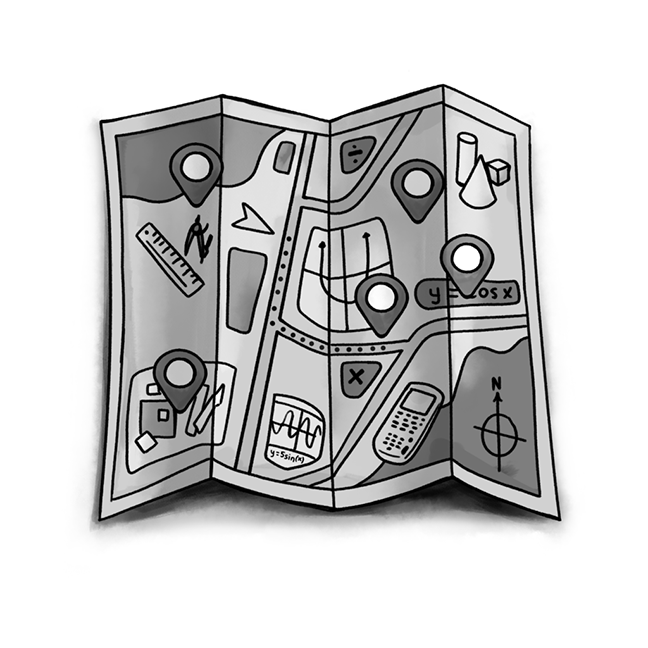Mollie Siegel, Louisville, KY trc-molliesiegel@cpm.org
Recently, my friend, who is a preschool teacher, shared a story with me. The mother of one of her students contacted her about a curious question. The young boy could not attend class and he told his mother, with great enthusiasm throughout the day, about the classroom “wishing well.” My friend, the teacher, explained to the mother that the little boy must have been referring to the class practice to “wish well” any student who is not present during attendance time. This teacher made it possible through this ritual for that student to know that he would be missed from the classroom when he was not there.
This past summer, I clipped a July 2020 New York Times piece written by Neha Chaundhary, entitled, “Rituals Keep These Athletes Grounded. They Can Help Parents, Too: With stress levels high during the pandemic, every day can feel like overtime. Here’s how to take back control.” While this article charged parents to combat the angst caused by the pandemic through mindful action, I believed the messaging also applied to me as a teacher. I was struck by the author’s suggestion that rituals are anchors to help bring calm and navigation. She wrote, “In addition to calming nerves and focusing the mind, rituals play a big role in reminding people who they are and giving them back a sense of power over their world, both of which are critical during times of stress and uncertainty.” (Chaundhary, 2020). One suggested ritual from the article was inspired by Kevin Love of the Cleveland Cavaliers, who created a workout playlist called “Airplane Mode.” He explained that while listening to it, he would “shut off” the outside world and focus just on exercising.
As I consider the return from winter break, I am not tempted to add new resolutions to my workload. If you were a teacher during the year 2020, I am willing to bet you are also not tempted. For me, late August is actually what January 1st seems to be for the non-teachers in my family. I consider setting new goals for the academic year as a summer time activity. Winter break is for rest, and January is for doubling down on what is good. “What is good” means any action or activity we do that reminds us why we do what we do. I am interested in the questions, “What is working well to foster a sense of security for students that I want to continue?” and “What activities have been conducive for community building for each class?” Now, more than ever, it is a time to bolster our favorite classroom rituals and continue them into 2021.
For updates on progress on how teachers are incorporating ritual, among other ideas, check out the CPM Teacher Researcher blog site.
References
Chaundhary, Neha. “Rituals Keep These Athletes Grounded. They Can Help Parents, Too: With stress levels high during the pandemic, every day can feel like overtime. Here’s how to take back control.” nytimes.com, The New York Times, July 6th, 2020 article.
